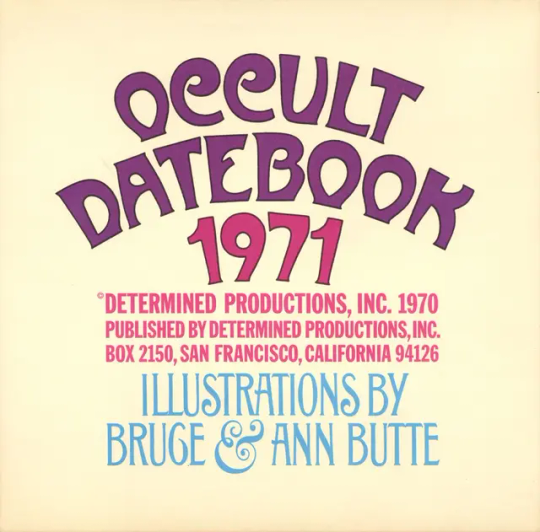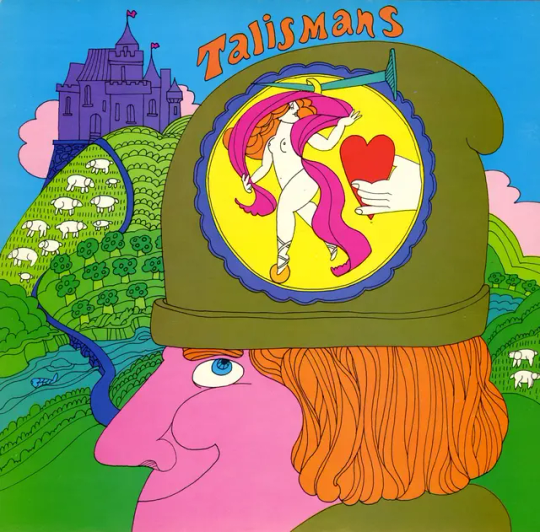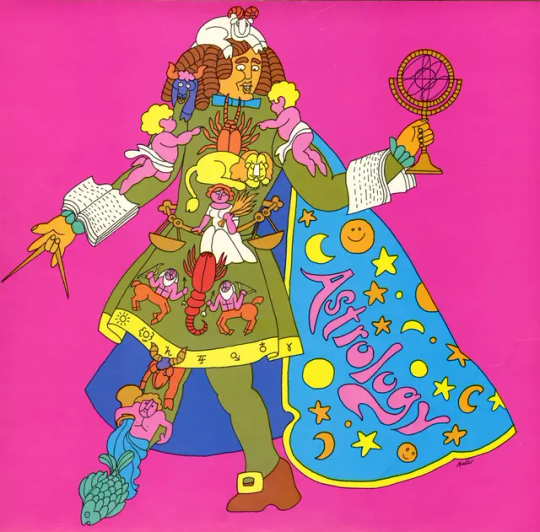#datebook 1970
Explore tagged Tumblr posts
Text




Donovan in Datebook, March 1970
11 notes
·
View notes
Text
Tony-winning actress, writer, and humanitarian Phyllis Newman passed away today.
I worked - almost lived, basically - in Phyllis’ astonishing apartment in the Beresford, which shared a floor with Jerry Seinfeld’s and overlooked Central Park West, for a year in 2009-2010, doing an internship to accompany my MFA thesis at Columbia. The internship was a dream come true - they needed someone with archival experience and a passion for musical theatre to organize half a century of notes, photos, cards, and memorabilia, stuffed into every crack of the two floors. I remember essentially telling everyone else in my year to “back off” - this was mine.
Phyllis was married to the late Adolph Green, of The Revuers (with Judy Holliday) and Comden and Green, for decades. If Green sounds familiar, it’s because of the book to Singin’ in the Rain, and the lyrics/books for shows like On the Town (with its famous tune about the Bronx being up and the Battery down), Wonderful Town, The Will Rogers Follies, On the Twentieth Century, and many more. About the understudy role for Holliday in Bells are Ringing, Phyllis used to joke that it was the only time sleeping with the writer made it harder to get the part. She won the 1962 Tony for her featured actress turn in Comden and Green’s Subways Are For Sleeping as Martha Vail, with her memorable song “I Was a Shoo-In.” Apparently she was, because she beat Barbara Streisand that year.
Phyllis was a regular guest on talk shows, such as the Tonight Show (she told me she was the first woman to guest host it), and game shows like What’s My Line, due to her sparkling wit and sunny personality. She beat breast cancer and wrote a fantastic book about it, called Just in Time. She worked on all sorts of fascinating shows, including a vehicle called The Madwoman of Central Park West. Just about every star from the 1940s-1970s and beyond was her friend; they all sent cards and telegrams, and attended parties at her apartment. And it was my job to organize it all. (She was still giving those when I worked there - if I had known there was going to be a party with Alec Baldwin for The Actors Fund one day, I would have done better than wearing my casual, dusty archivist clothes to work. I think I was more presentable the day Glenn Close showed up.)
I went through hilarious cards from Stephen Sondheim (one, a Peanuts card featuring Snoopy, had “Happy Birthday” crossed out and “Fuck Off!” penciled in its place), and telegrams from Frank Sinatra, and photo after photo after photo of Carson and Comden, Bernstein and Bacall. My favourite thing was a picture of Groucho Marx, signed “To Phyllis - NOT Betty or Adolph.” My biggest shock was an original composition by Leonard Bernstein - in his own writing - possibly never copied, given as a gift to Phyllis and Adolph for their wedding, just sitting in a desk drawer. I almost had a heart attack carrying one of their original wedding photos, taken by Richard Avedon, to Kinko's to make a scan.
“There’s something about working in an apartment that’s suffused in glamour that makes even the most mundane tasks seem magical,” I wrote, back in 2009. “Knowing that probably half the stars of the past 50 years (and probably a larger percentage of theatre-makers) have partied here, worked here, generated ideas here for the classics of the stage makes every ride up in the elevator, every interaction, every rummage through dusty drawers contain some measure of awe…The apartment preserves a time when celebrity had that mid-century golden sheen of class. Its drawers are filled with original memorabilia of the coolest things imaginable, that its occupants haven’t seen in decades.”
“There’s a wonderful telegram, for the opening of Subways Are For Sleeping, or maybe Moonbirds, where a young Stephen Sondheim tells Phyllis that he’s more excited for her than she is. In a way, that’s what I’m doing - going through this world of my dreams that will never exist again; being more excited for Phyllis than she is, because she’s lived it. Though she is clearly super excited when I find things like photos from a forty-year-old production she hasn’t seen since they were taken, or her birth announcement (I love talking with her), she is still busy all the time - the Tony people call, or she’s organizing another evening of exciting benefit performances to fund health care for uninsured female artists. I am making files of Important Things, cataloging lives of wonder, lives more exciting that mine will ever be, with datebooks filled with soirees and names and numbers of modern gods…Maybe the golden veneer that shimmers all around this place will rub off on me one day. It could happen.”
I created file after file, and enormous finding guides of these treasure troves. She once told me that I was more than earning any of the credits Columbia was giving me for the internship. I definitely saw it the other way around - I was getting more out of my time spent in her world than any sort of school credit or monetary remuneration could possibly encompass. I was finding material for the publication of The Comden and Green Songbook. I was scanning photos and sending them to James Lapine for Sondheim on Sondheim, and finding the very best headshots to be approved by her to accompany press releases. I was helping her with her new websites, and her guest-blogging for Playbill, in which she was very kind to me:
“I have never thrown away anything in my entire life. Have you?” she wrote.
“I mean nothing….menus, invitations, notes, tickets, programs, (PLAYBILLS, of course). Clippings, diaries, notebooks, photos by the thousands, lists and more lists, clothes I’ll fit back into when I lose 542 pounds, hats, scarves, multi-colored boas, crayolas, old arrangements from nightclub days….I just stuffed everything into any available opening. But into this madness came a skilled archivist who is changing my life. She comes in four days a week. She has organized and unearthed amid the boas and rhinestones, some pretty interesting memorabilia of two lives whose passion was every aspect of The Arts.”
I was thrilled when she won the inaugural humanitarian Tony, the Isabelle Stevenson Award, for her work with the Phyllis Newman Women’s Health Initiative (or PNWHI - Pin-Wee, she'd say), which sought to provide funds for female actresses and artists who did not have health coverage, due to the precarious nature of the industry. I was enraged when her award was not shown on the Tony broadcast - what, after all, was more important than this?
Most of all, I got to spend time with the woman herself - never as much as I wanted, as her health was not ideal, but she was still a powerhouse. She was brilliant and self-deprecating at the same time. She would pin you with the sharpest look and say something wickedly funny. One day, for the life of me, I had no idea who some person in a picture was (I think it wound up being Andre Gregory, but I hadn’t seen My Dinner With Andre), and she didn’t either. “Sidney will know,” she said. “Oh?” I responded, uncomprehendingly. “I’ll call him, you describe it…Hi, Sidney,” she said, and suddenly, as she explained our predicament and handed the phone to me, I realized that I was on the phone with legendary director Sidney Lumet, a long-time family friend who lived just upstairs, with absolutely no preparation as to how to handle it. I think Phyllis found my reaction very funny; I just lived through it. “Sidney” died in 2011.
She told me to speak up for what I believed in, and to continue to write and follow my passions. She was incredibly supportive of female artists. I hope what I do today continues to honour her.
One day, a life-sized leg made of chocolate, saying “break a leg!” to celebrate her Isabelle Stevenson Tony win, appeared at the apartment. I thought it was a piece of statuary until it started to melt in the sun, and until a fellow staffer in the kitchen took a cleaver to it and handed me the foot to take home.
Never say that Phyllis didn’t let me get a foot in the door.
Working for Phyllis was like a dream. She was a legend, not only for her many, many amazing achievements, but for the era she represented. She was one of the last from that era, having been so young when she married Adolph - whom she always spoke about with so much love it was physically palpable. I was absolutely blessed to spend a moment in time - just in time - with her, and I’m so sorry that she’s gone. She changed my life a lot, and I can only hope that I helped her life a little.
Thank you, Phyllis. Rest in Peace.
#my life#not trek#phyllis newman#i'm sorry you're gone#most of these names will be lost on the truly young people of tumblr
22 notes
·
View notes
Text
Bloglet
Thursday, April 21, 2022
Note: Some brave Ukrainians are returning, even as the invasion continues.
The Forest Hills murder is solved. Wife was having an affair with South American handyman. He got into the house, they had a fight (we assume) and then he stabbed her numerous times. Having left clues behind he was easily found. Tragic story. She must have loved the guy. She was learning Spanish.
Walk in Central Park. Kids on skateboards quite a bother.
Friday, April 22, 2022
Earth Day. I remember the first one. 1970. It was the year before Kenichi was born. Kuniko and I were living at 32 West 31st St, in an ancient loft with a pressed tin ceiling and spongy floors. Lots of what might be called raw space. Basic “fixtures”...and not much else. A hot plate. A student fridge. Smallish shower stall. La Vie Boheme. Waiting for the phone to ring... I had something I’d never have again: room, square footage. I had an ancient (but durable) marimba. Sometimes Roger would bring his bass and we’d play Bach Two Part Inventions, he doing the left hand. Also Bartok’s Mikrokosmos, executed the same way... Those days of an empty datebook...It all came back to me when the Pandemic shut everything down in March of 2020.
Note: The Queens handyman, having left a trail, was arrested and immediately confessed. Wow. Brutal murder. The old story: if he couldn’t have her no one could.
Getting out and about...I keep running into people. I see the mailperson, Rene...(nice lady)...and keep thinking there is something different about her. It dawns on me: she’s not wearing a mask. As the mask rule becomes less restrictive we see an ever increasing number of discarded masks on the sidewalk.
to be continued
0 notes
Text
Dating in the Pre-Internet Age (60′s-70′s)
For most people, their dating practices started during their teen years. Today, teens are more connected without their parents knowledge than ever before. With things like snap chat and facebook messenger, keeping in touch with potential love interests and friends outside of physical environments finds less and less guidelines that are laid down by parents.
In the 1960′s, teen dating was an everybody affair. According to Starts at 60 (2016), dating culture for 60′s high school students consisted of large group dates and parental approval. We still see these kinds of practices today but, dates are not what is relied on to get to know one another when you can constantly message one another on any platform.
Art Unger wrote a guide to dating specifically aimed at young girls called “Datebooks Complete Guide to Dating” during this time period.
Many young people met their significant others at school, bowling alleys, or through friends. Potential partners then had to be approved by parents and the group dates mentioned above were how the two young people got to know each other. The man would be expected to pay for every part of the date.
In the 1970′s dating continued to become more and more casual. Instead of popular terms like “going steady” dominating the dating scene, people began to say that they were “hanging out” or “hooking up” with one another.
The 1970′s saw a continuation of the rising feminist movement. More and more women were going to college and hook up culture saw an even bigger increase at that time. Mavis (2017) said “Going out for drinks was only that, it didn’t bring about any more serious commitments which could be observed in decades preceding the 1970's”. Dating became a more casual affair, more about having fun while still focusing on yourself instead of focusing on settling down right away and starting a family.
Partners were still sought out in public settings such as the work place or school but, casual dating and sex was the more dominant practice among young people.

Sources:
https://startsat60.com/discover/opinion/nostalgia/remember-what-dating-was-like-in-the-1960s
https://medium.com/@fundatejar/how-dating-changed-in-1970-268ca9c75fae
https://datingtips.match.com/women-dating-1970s-8034287.html
0 notes













